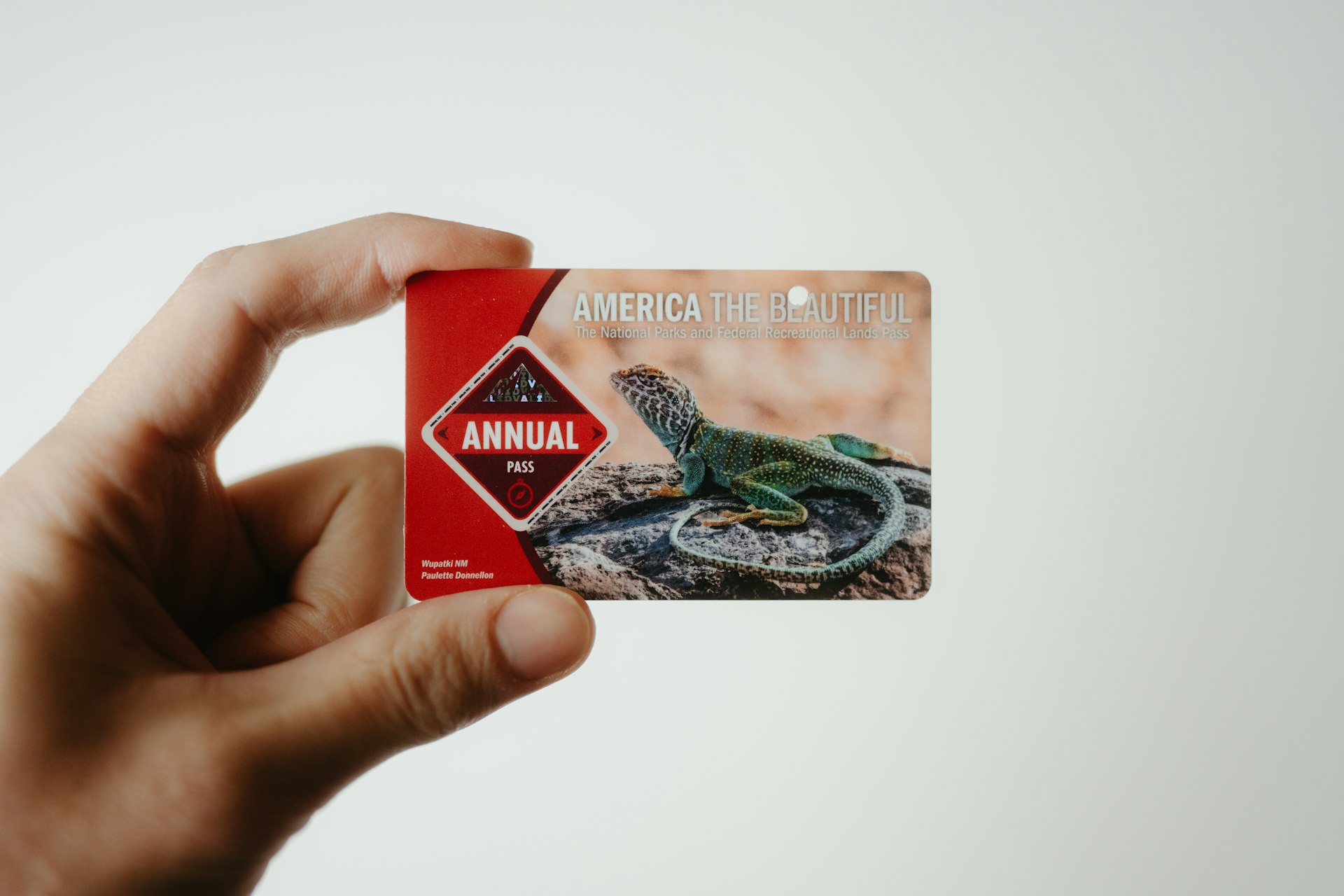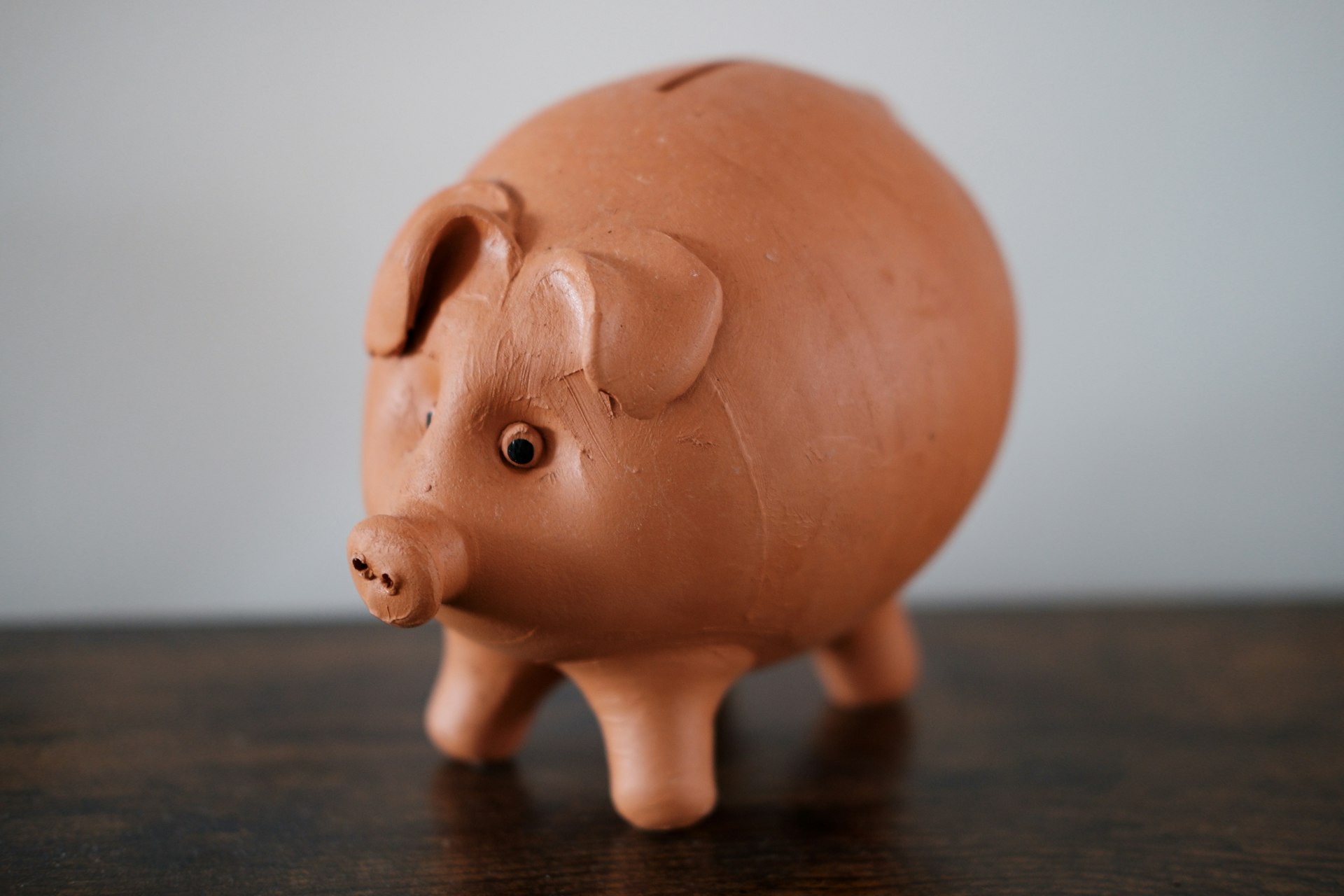Why Styrofoam Is Harmful to the Environment and What You Can Do About It

Photo by Francesco Ungaro on Unsplash
Understanding Styrofoam and Its Prevalence
Styrofoam, a brand name for expanded polystyrene foam (EPS), is widely used for packaging, disposable cups, takeout containers, and insulation. Its popularity stems from its lightweight nature, insulating properties, and low manufacturing cost. However, what makes Styrofoam convenient for consumers and businesses also makes it a significant environmental hazard.
The Environmental Impact of Styrofoam
One of the most pressing issues with Styrofoam is its extreme persistence in the environment . Unlike organic materials, Styrofoam does not biodegrade. Instead, it breaks into smaller and smaller pieces called microplastics due to exposure to sunlight, wind, and water. These microplastics can remain in ecosystems for centuries, continually disrupting natural processes and accumulating in the food chain [3] .
The lightweight and brittle nature of Styrofoam means it is easily carried by wind and water, making it one of the most common forms of litter found in urban, coastal, and marine environments. Once fragmented, these particles are extremely difficult to collect or remove, leading to long-term accumulation in landfills, waterways, and oceans [3] .
Wildlife Risks and Ecosystem Disruption
Styrofoam pollution poses a direct threat to wildlife. Birds, fish, and marine mammals often mistake Styrofoam pieces for food. Once ingested, these particles can block digestive tracts, cause starvation, or introduce toxic chemicals into the animals’ systems. Styrene, the primary chemical in EPS, is classified as a probable human carcinogen and is toxic to many forms of life [3] .
Numerous case studies have documented the impact of polystyrene debris on marine environments. For example, international cleanup efforts have recovered millions of pounds of polystyrene waste, yet vast quantities remain, breaking down into microplastics that are virtually impossible to remove [1] .
Health Risks Associated with Styrofoam
Beyond environmental concerns, Styrofoam poses health risks to humans. The chemical styrene can leach from food containers, especially when exposed to heat or acidic foods. Styrene exposure has been linked to an increased risk of cancer, neurological impairment, and other health problems. In addition to styrene, EPS may contain phthalates and flame retardants, which can migrate into indoor air and dust [3] .
To minimize personal risk, avoid reheating food in Styrofoam containers and seek out safer, non-plastic alternatives for food storage and packaging.
Recycling Challenges and Waste Management
Styrofoam is notoriously difficult and expensive to recycle . Its low density and bulky structure make transportation and processing inefficient. While chemical recycling has been attempted, such as at Regenyx, the only U.S. facility for polystyrene chemical recycling, the process proved unsustainable and the facility closed in early 2024 [3] .
Most municipal recycling programs do not accept Styrofoam, resulting in the majority of EPS waste being sent to landfills or incinerated. This contributes to air pollution and greenhouse gas emissions. According to industry research, the production of Styrofoam cups alone generates about 21 million pounds of CO
2
annually in the United States
[2]
.
Climate Impact of Styrofoam Production
Producing Styrofoam has a measurable carbon footprint. For every Styrofoam cup manufactured, approximately 0.072 pounds of CO
2
are released. Considering the scale of global production, this results in millions of tons of greenhouse gas emissions each year, exacerbating climate change
[2]
.
Alternatives to Styrofoam: Practical Steps for Change
Transitioning away from Styrofoam is essential for long-term environmental health. Many cities and countries have already enacted bans or restrictions on EPS products, leading to increased demand for sustainable alternatives. Biodegradable and compostable packaging materials, such as those made from cornstarch, bamboo, or paper, offer eco-friendly solutions for businesses and consumers [1] .
If you are a business owner or decision-maker, you can:

Photo by Stef Westheim on Unsplash
- Research certified compostable packaging suppliers
- Request product samples and confirm certifications such as ASTM D6400 or BPI Compostable
- Review local government guidelines to ensure compliance with any bans or regulations
- Educate staff and customers on the importance of sustainable packaging choices
For consumers seeking alternatives, look for labels indicating “biodegradable,” “compostable,” or “plant-based” on food containers and packaging. Many grocery stores and restaurants now offer these options.
How to Reduce Your Styrofoam Footprint
Individuals and organizations can take several steps to limit the use of Styrofoam:
- Bring reusable containers and cups when ordering takeout or attending events
- Support businesses that use sustainable packaging
- Advocate for local or statewide bans on EPS products
- Properly dispose of Styrofoam waste by checking if specialized drop-off centers exist in your area
To find local drop-off centers or recycling options, contact your city’s solid waste department or search the Earth911 database for “polystyrene recycling.” Keep in mind that most curbside recycling programs do not accept Styrofoam.
Challenges and Barriers to Styrofoam Alternatives
While alternatives to Styrofoam are increasingly available, challenges remain. Biodegradable packaging can be more expensive and may not always perform as well as EPS in terms of insulation or durability. Additionally, access to composting facilities varies by location, and some so-called “biodegradable” products only break down in industrial composting systems.
To address these challenges, consider:
- Working with local composting services to ensure materials are properly processed
- Seeking grants or incentives for sustainable business practices
- Participating in pilot programs for new packaging technologies
Summary and Key Takeaways
Styrofoam’s environmental harm is well-documented, from pollution and wildlife endangerment to climate impact and health risks. Its inability to biodegrade, difficulty in recycling, and tendency to fragment into microplastics make it one of the most problematic forms of plastic pollution [3] .
Transitioning away from Styrofoam requires a combination of policy action, business leadership, and consumer awareness. By adopting sustainable alternatives, supporting recycling initiatives, and advocating for change, you can help build a future with less plastic waste and healthier ecosystems.
If you need further guidance on sustainable packaging options or want to learn more about recycling programs in your area, contact your local solid waste department or search for “sustainable packaging resources” through reputable environmental organizations.
References
- [1] Emerald Ecovations (2024). Uncovering Styrofoam’s Impact: Alternatives and Sustainable Insights.
- [2] Sustainable Business Toolkit (2024). The Environmental Impact of Styrofoam Pollution: A Focus on Cups.
- [3] Beyond Plastics (2024). The Problems with Expanded Polystyrene (EPS).
- [4] Green Dining Alliance (2016). The Real Cost of Styrofoam.
MORE FROM savvysc.com













